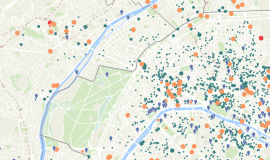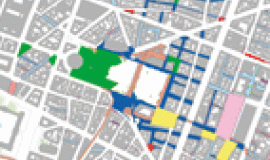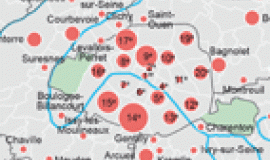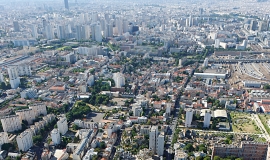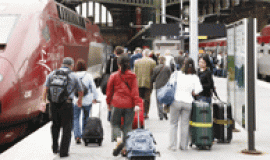With 45 million tourists expected in 2030, 54 million in 2040 compared with the 36 million of today, Paris is one of the most visited venues, if not the most visited in the world. How can one successfully avoid the constraints of over-tourism and respond to the double challenge of “more tourists, less conflict”?
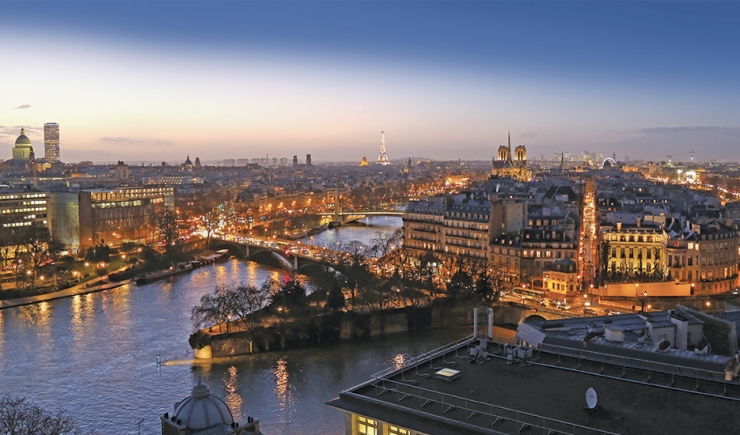
Apur, which has for over twenty years followed the evolution of tourism in the context of its work, has recently been questioning the reasons which have enabled Paris to withstand over-tourism. The agency here draws up some lines of action which propose integrating new tourist practices, in particular walking, into the programme for evolving public space. Walking is now adaptable to all scales from neighbourhood to metropolis, and reveals the local identity of areas and their invisible continuity. One can take for example, the urban walks organised along the routes of Grand Paris Express, or those that have been organised for almost twenty years by the urban walks association -l’Association des Promenades Urbaines- and more recently, those set up in the 14th district of Paris to reveal how multi-faceted they are.



